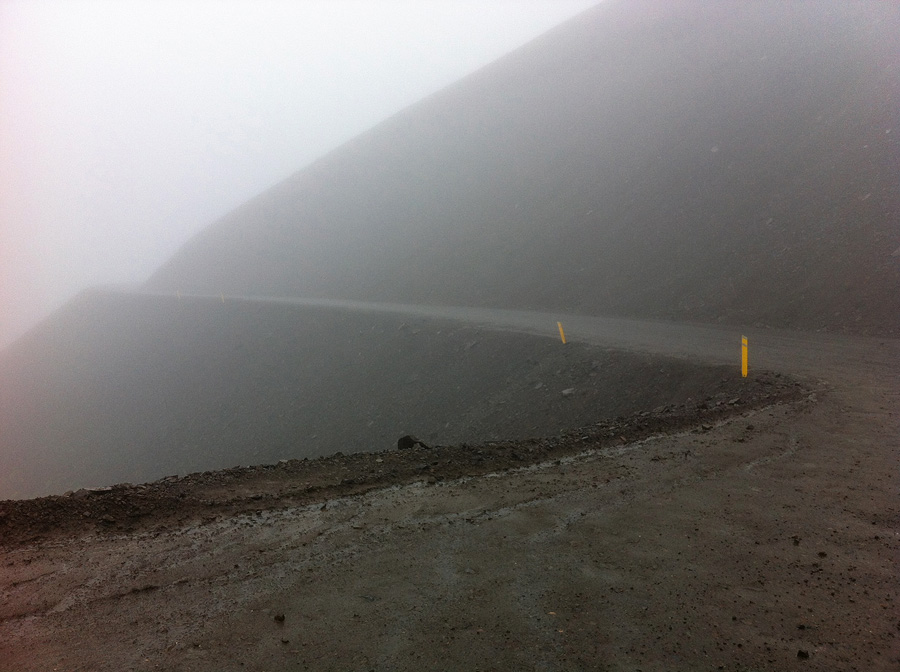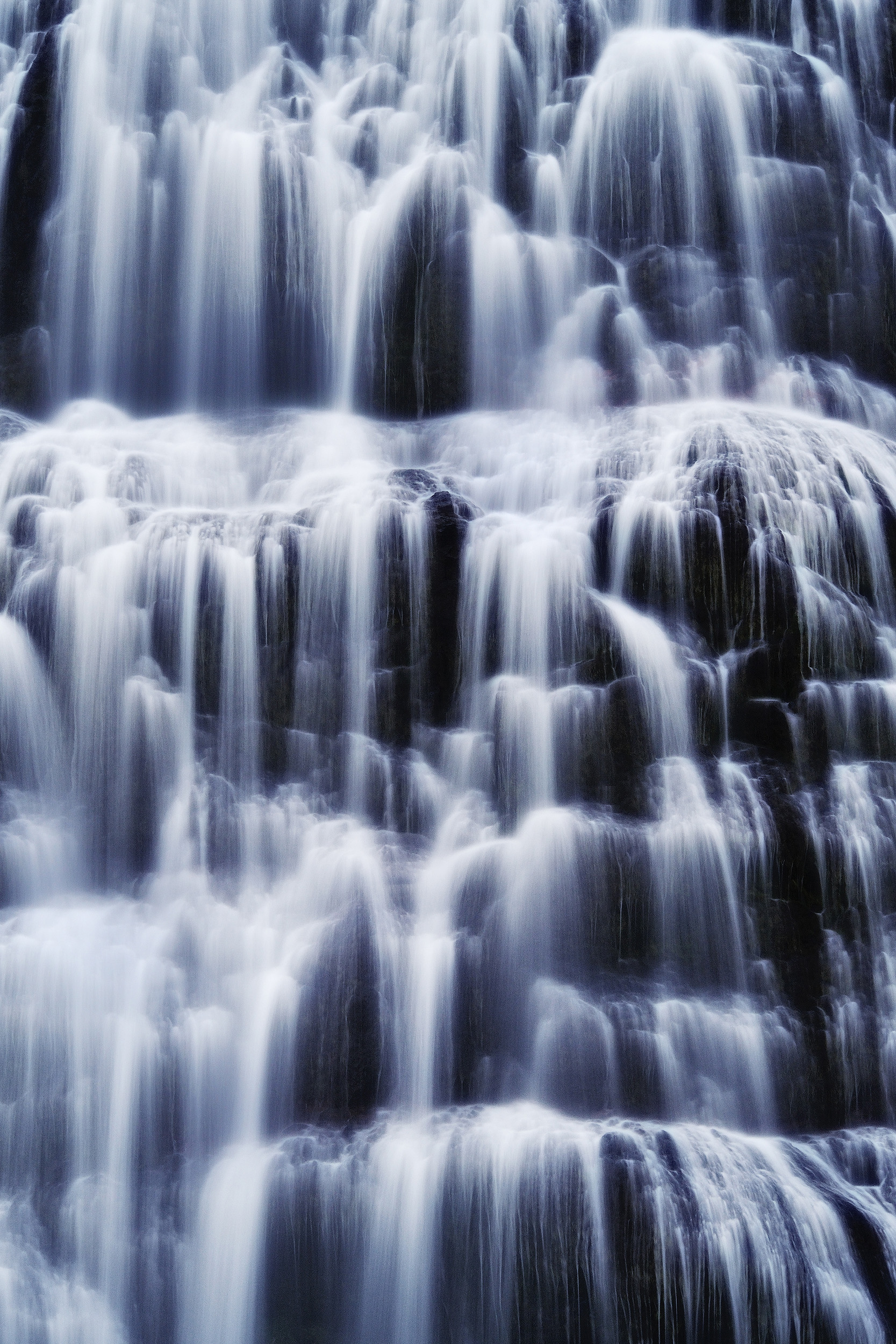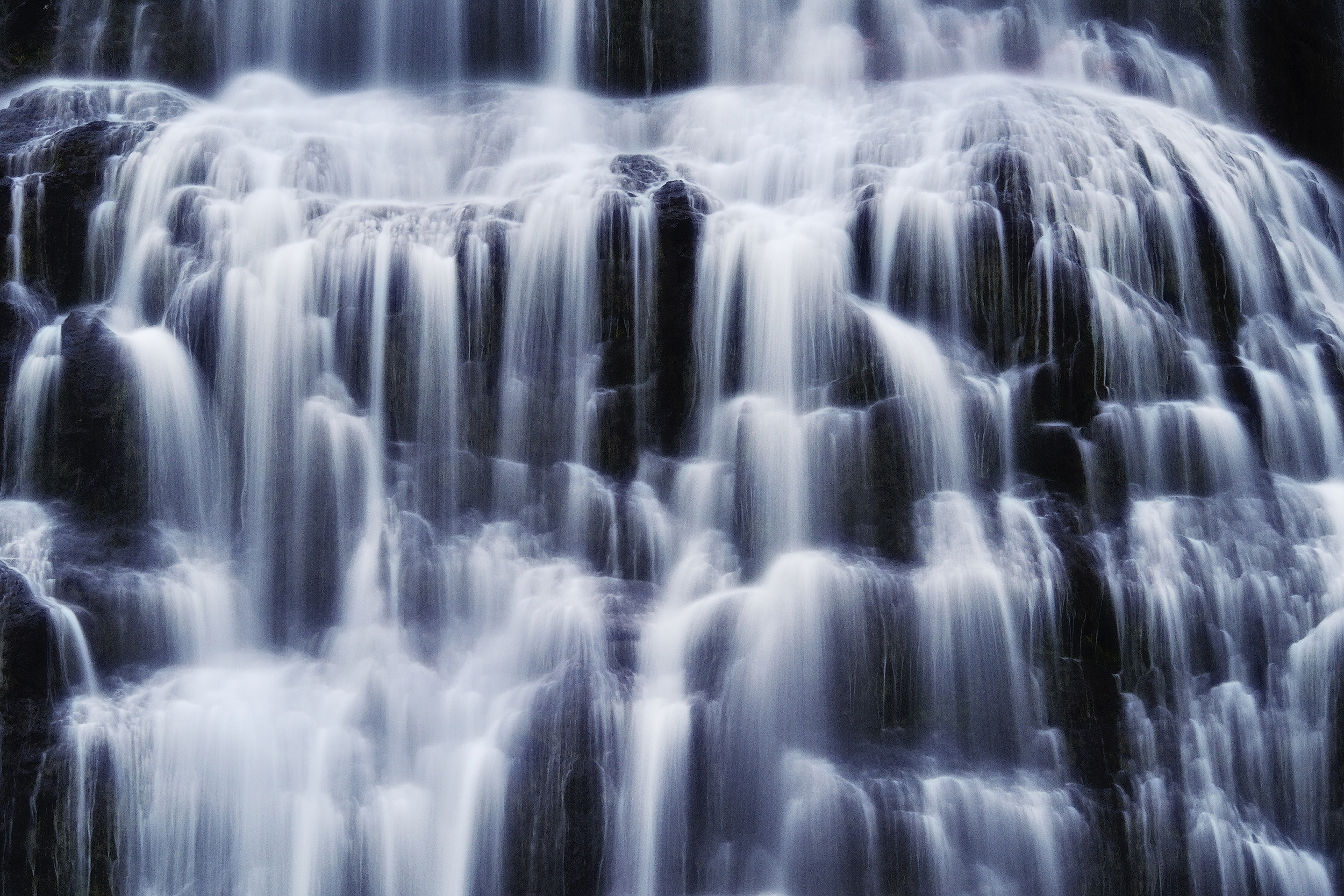ICELAND PART 4: THE WESTFJORDS
The final leg of our trip around Iceland was to the Westfjords. When you look at a road map, you can see why it's a part of the country that a lot of people miss out. The road hits the coast, going around each and every fjord, making driving to the main towns there a long and torturous journey.
It's a journey worth making though as the landscape there is stunning. Despite the fact that for the whole of the journey, the weather was absolutely dreadful, just driving rain and grey clouds hanging so low over the fjords that it was impossible to see the other side, the fjords have an ethereal peace and grandeur that takes your breath away.
After almost 8 hours of driving across northern Iceland and driving up into the west fjords, criss-crossing the peninsula, seeing the landscape become wilder and wilder and driving up and down the edge of countless fjords, we finally rounded a headland and saw the town Isafjordur in front of us.
It was a dramatic sight, and one I really wanted to photograph. It wasn't the first (and wasn't to be the last) time in Iceland I took photos in heavy rain, but the low cloud hanging above the three cliffs that tower above Isafjordur made it an irrisistable scene.
By now we were exhausted from driving so much, and the final hour to Thingyri, the small town where we were staying, really seemed to take a long time to pass. The town itself is tiny, with less than 300 inhabitants, it has one hotel, a petrol station, a cafe (which serves the most incredible Belgian waffles) and that's about it. But it's also located on the edge of one of the most beautiful fjords in Iceland, and that's the reason we'd decided to stay there. Having said that, on arrival it was hard to see the view as the cloud and mist were so low and thick that it was impossible to even see the other side of the fjord or the tops of the mountains above us. I took the shot below from the dock right in front of the hotel about 30 minutes after we'd arrived. It was probably a little before sunset, although not having seen the sun all day, it was kind of hard to tell.
The next day the weather gave us more of the same heavy rain and grey overcast cloud. I'd decided to drive over to the next fjord to photograph the waterfalls at Dynjandi, but I was beginning to have second thoughts as the road was all dirt track which meandered over a mountain pass and then around a fjord for more than 40km. As you can see from the photos below, visibility was really poor, and the roads were covered in potholes, rocks from rockfalls, and there are no safety barriers at the edge. I don't think I've ever driven so slowly for so long, rarely even getting out of second gear.
After crossing the mountain pass and arriving at the edge of the Arnafjordur, next fjord along, I would normally have been able to see the other side of the water and the massive waterfalls running down the cliffs above it, but visibility was so poor that I could barely see across the fjord. I slowly drove around the waters edge until I eventually saw the sign that led to the waterfall. The mist had cleared a little and I could now see the whole series of falls cascading down the cliffs. It's an amazing sight, each of the waterfalls I photographed in Iceland had a unique character, different from the others, and in many ways Dynjandi was my favorite. There are a around 10 separate falls as the glacial water crashes down the cliffs and into the fjord, but the biggest and most impressive are the highest, where the water spreads out and runs down the cliffs like a huge fan. It's a short steep hike up alongside the other falls, and all the way up I was wondering if it was going to be possible to photograph them with so much mist, rain and spray.
It was a challenging location to shoot. Much like photographing Detifoss a few days previously the spray and rain meant the front of the lens was constantly being covered by drops of water, making long exposures difficult. I attempted to use an umbrella to keep as much rain as possible off the lens, but operating a camera on a tripod whilst standing in the middle of a stream, attaching and removing filters at the same time as holding an umbrella isn't the easiest thing in the world. Again, it was painstaking work to compose and shoot the long exposures, and I was there for hours, but given the conditions I was happy with what I shot, particularly the close up abstracts of the water streams.
The drive back from the waterfalls was equally slow and bumpy, and arriving back at the hotel, I decided to call it a day as the cloud was getting even heavier and the rain harder.
The forecast for the next day, our last full day in the Westfjords before driving back to the airport, was good, and sure enough, we awoke to bright sunshine and blue skies.
For the first time since we'd arrived we could see the other side of the fjord and what a beautiful location we were in.
We spent the day driving around the fjord, photographing the beaches and looking for locations that we could shoot later at sunset, and we found a beautiful church, in typical Icelandic corrugated iron style. It was deserted, but made for some great photos.
Then, as the sun started to get lower, the light started to become more photogenic, and we managed to get some decent shots from the edge of the lake and of reflections in the fjords.
At this point, I still hadn't decided on a location to shoot sunset. We'd come across a nice beach to the west of the town earlier in the day, and planned on going back to shoot there for the sunset, but on our way, as we were driving around the lake, we came across a small pool at the end of the fjord where the water was so still that it reflected the fjord in the late evening light perfectly. In Portugal, I'd have to make a choice between shooting sunset here, or going to the location I'd decided on earlier, but in Iceland I'd learned that the sun takes quite a while to set, and gambled on being able to shoot reflections in the lake till the sun dipped behind the cliffs, and then drive for 15 minutes to the beach, get there and set up before the sunset colours hit their peak. The idea of being able to shoot sunset in two locations 15 kilometers apart is crazy in most places, but this far north, it's a definite possibilty. I say this as though I was confident it could be done, but at the time, I really wasn't so sure, and as I left the pool's reflections behind and jumped into the car, a huge part of me thought I'd be better off staying and making the most of that location. 15 minutes later as we arrived near the beach, with the sunset turning into everything it had promised to be, I was hoping I would have time to get out of the car, sprint down the beach and find a composition before the colours peaked in the sky.
As it turned out, the tide had come in quite a bit, totally changing the look of the beach from earlier in the day, and the rocks that I'd planned to use as a foreground were now completely submerged. Fortuntaly, a little further along the beach, another set of rocks was making the waves break around it in a peculiar motion, sending the waves crashing against each other against a narrow spit of sand. Compositionally, it had a great balance and symmetry, with the sunset silhouetting the distant cliffs at the edge of the fjord, and I set up just as the reds in the sky starting to peak. For 10 minutes, the colours seemed to get stronger and stronger, I don't think I've ever seen a sky such a deep colour red, and it was indeed a great way to end our two weeks in Iceland.
The following day, the rain and mist moved in again, and the long drive back to the aiport was completed in almost continuous rain and nasty weather...which in many ways was typical of our trip, but at the same time, we'd seen so much and been treated to some truly incredible light.
In two weeks I felt we barely scratched the surface of the country....I'm pretty sure that at some point, we'll return. Next year though, somewhere warm and exotic. I'm thinking Burma.....








